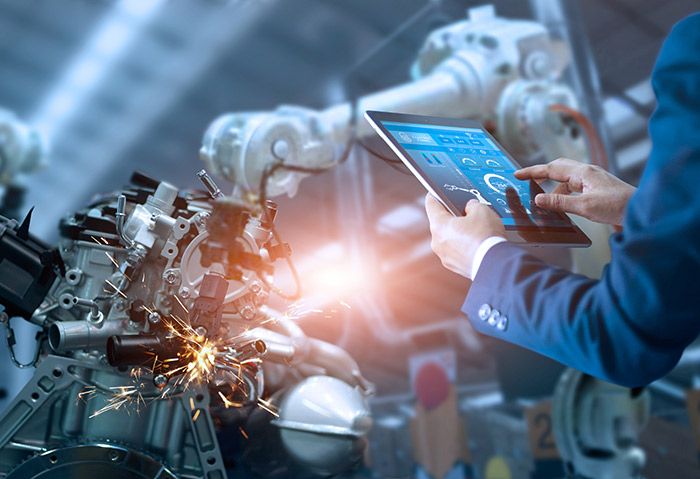Biopharma case study
The biopharmaceutical commercial and clinical supply chain exemplifies the intricate and multifaceted challenges associated with enhancing sustainable production. The first challenge is that of geography – end-to-end drug substance production often spans multiple jurisdictions.
The biopharma industry is, like many, international, with the movement of materials between sites and suppliers often located large distances apart. We have seen real examples, in practice, of co-locating R&D, production, sterilisation, and processing facilities to maximise efficiencies, the by-product being reduced logistical Green-House Gas (GHG) emissions.
The bigger picture is that production of biological derived APIs requires the use of multiple complex and sensitive raw materials, technologically advanced production and analytical equipment, advanced building envelopes, production areas, testing laboratories and storage facilities, as well as substantial volumes of single use consumables – all of which are energy hungry.
There are also the challenges of processing complex waste material. For context, a generic 2000 L single use process was shown to generate 22.7 tonnes CO2 eq per 1kg of drug substance produced.
In recent years there has been a significant step change with the adoption of Industry 4.0. The development of digital manufacturing execution systems, continuous production, and real time process analytics will be a key lever to implementing sustainability and measuring its performance. However, achieving net zero in the biopharma industry, like many, will inevitably result in new demands on already complex production processes.
From a materials perspective, developing sustainable raw materials will require significant work to requalify the use of new materials and understand how these could impact product quality, and possible regulatory ramifications.
If we consider the production equipment – implementing new production technologies that deliver improved energy usage must also ensure product quality is maintained and enables future expansion capacity – scalability coupled with efficiency is key.
Developing efficient support infrastructure will also be important, from the use of renewable energy sources, to capturing and reusing energy by-product such as heat.
The clinical supply chain is also an important element in the sustainable life cycle analysis, which often requires the maintenance of a cold supply chain. How might a formulation containing a sensitive large molecule API, buffer, preservatives, surfactants, excipients etc be modified to enable ambient storage without degradation or denaturing?
Generally, emissions in the manufacturing sector are considered particularly difficult to abate, mainly due to the long lifetimes and expense of the key infrastructure.
Long infrastructure lifetimes are particularly pertinent as the 'Climate Action and Low Carbon Development Act' aims to reach net zero greenhouse gas emissions by 2050, which is frighteningly close given the scale of the challenge and may only be three or four investment cycles away. Now is the window of opportunity to develop innovative near-zero-emission industrial technologies.
This article first appeared in Engineers Journal and is reproduced here with their kind permission.




